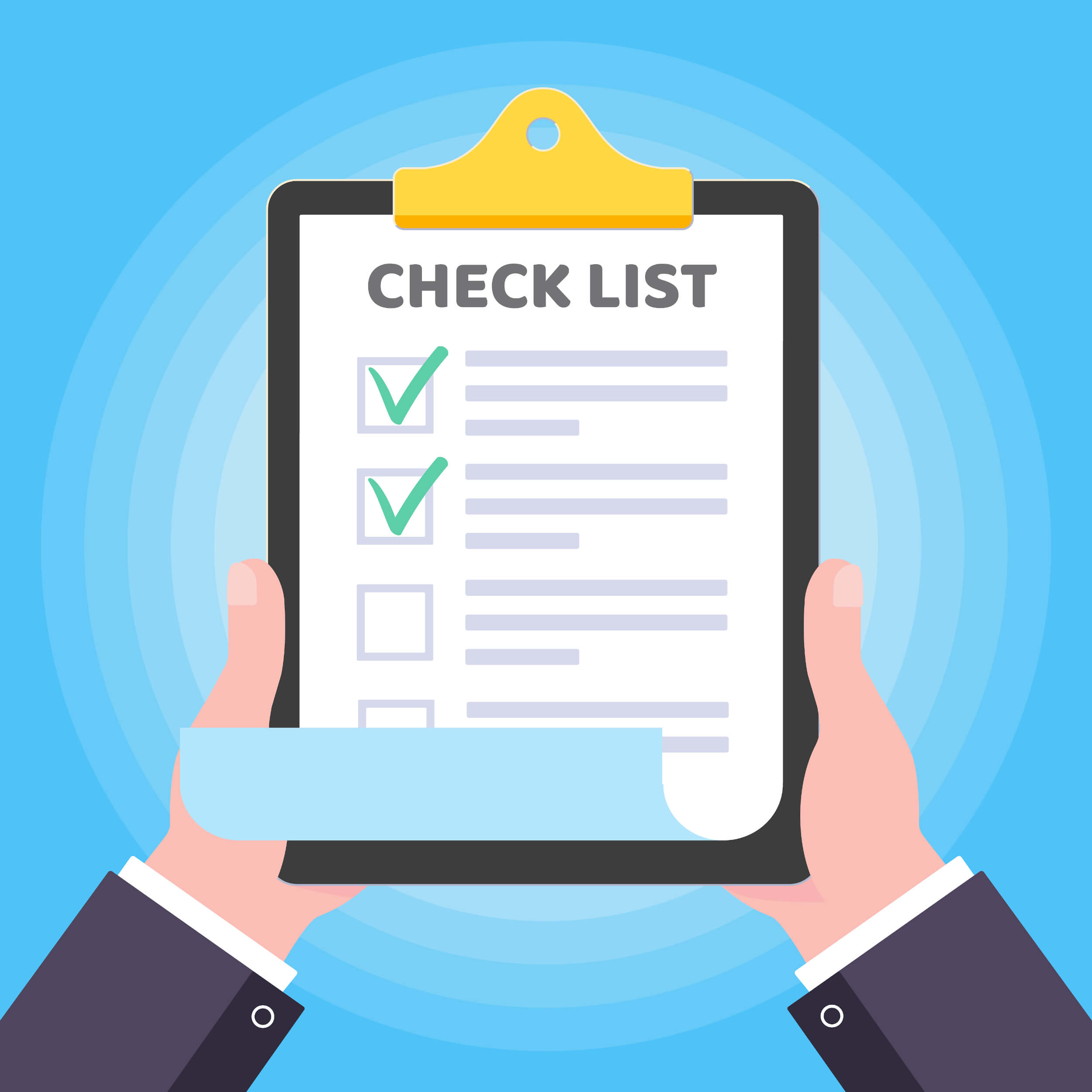Let us take your compliance “to do” list and make it your compliance “done” list!
Whether you’re in need of a full audit or general consulting, take a look at a few of the audits en•lign can provide.

1. HIPAA – HHS/OCR Protocol Audit
If your business requires any contact with Protected Health Information (“PHI”) then you must be 100% certain that you are abiding by the HIPAA, HITECH, and Omnibus requirements as outlined by the Office for Civil Rights (“OCR”), and that you are operating your compliance program appropriately as outlined by the Department of Justice (“DOJ”).
2. HR Policies and Procedures
If you’ve ever questioned the process, flow, documentation, policies, procedures, onboarding and/or offboarding procedures in your organization, let en•lign identify gaps, clean up your policies and improve the flow.
3. Disaster Recovery/Business Continuity Plan
Compliance emergencies can arise at any time and if you’re not 100% prepared, it’s time to get that disaster recovery plan, audit, or risk mitigation strategy out of the “to do” work-list and in to the “done” pile.
4. PCI DSS Compliance
If your business accepts credit card payments, you know that the Payment Card Industry Data Security Standard (“PCI DSS”) is not to be toyed with. Depending upon your business, compliance with this standard can be daunting. Don’t jeopardize your company’s ability to accept payment via Visa, MasterCard, American Express, Discover or JCB, or subject yourself to debilitating fines!
5. Compliance Management System
If you don't have a Compliance Management System (“CMS”) in place. It’s time to get one. Let en•lign ensure that your compliance program is in alignment with Department of Justice (“DOJ”) requirements and best practices.
See your company’s compliance health in a Board friendly report, ensuring that you know exactly where you are.
6. Risk Management
If there is a looming issue that keeps you awake at night and you do not have an up to date risk assessment, let en•lign provide you with one.
Know your risk appetite/threshold, identify all of your risks, prioritize your risks, and have a dashboard to share with your executives and Board, which outlines the controls to be put in place to mitigate those risks.
